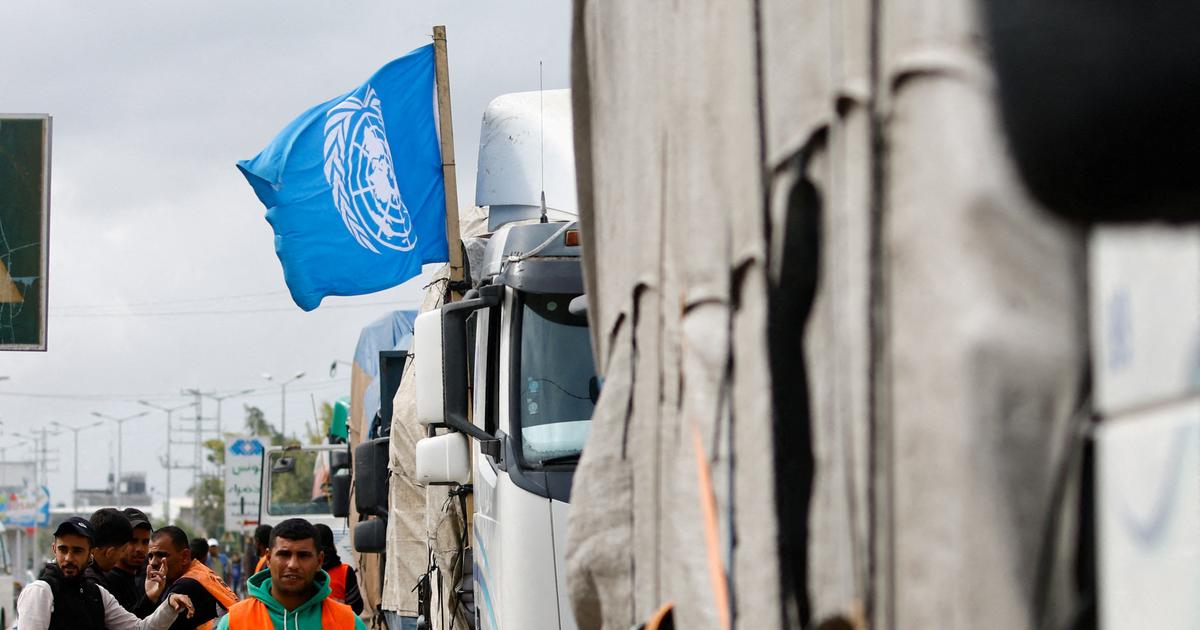The truce lasted six days. A short break in the conflict between Hamas and Israel, during which teams from international humanitarian organizations were able to come to the aid of part of the population of Gaza. According to the UN, all 2.4 million Gazans are food insecure and 1.7 million people have been displaced by the war. More than half of the homes were damaged or destroyed by the shelling.
The truce between the two parties to the conflict, mediated by Qatar, the United States and Egypt, had been called for several weeks by various international humanitarian organizations, such as the UN, the Red Crescent and the International Committee of the Red Cross (ICRC). Last October, she deplored the difficulties encountered by humanitarian teams in intervening in Gaza, particularly due to insecurity. "Our colleagues have been targeted several times by bombings," said Lucile Marbeau, spokesperson for the ICRC. One member was killed just before the truce, along with his wife, some of his children and grandchildren.
»«
The ceasefire has therefore allowed our teams to do their work," the spokesperson said. Lucile Marbeau firmly reminds us that "humanitarian assistance must not be conditional on a ceasefire, it must be constant. It's enshrined in international humanitarian law."
Lack of medical equipment
A total of 1232,200 trucks were able to enter Gaza during the six-day truce, via the Rafah border crossing in Egypt, the International Federation of Red Cross and Red Crescent Societies (IFRC) told Le Figaro. That's a little more than 7 trucks per day. This figure is considered insufficient by Lucile Marbeau because "before 500 October, <> trucks entered the Palestinian territory every day". These loaded vehicles were able to transport "milk, foodstuffs, medicines, medical supplies and other essential relief materials," the IFRC said. The latter also points out that these trucks did not contain "fuel and that the tankers (were) sent separately via UNRWA (the UN agency in charge of Palestinian refugees, editor's note)".
The International Committee of the Red Cross carried out operations, mainly medical operations. "On November 24 and 25, our colleagues distributed four shipments of medical supplies to the Nasser hospitals (in the city of Khan Younis, editor's note) in southern Gaza and to the al-Alqsa hospital (in the center of the country)," Marbeau said. The ICRC spokeswoman said a mobile team of surgeons was based at the European Hospital in Gaza. This facility was quickly overwhelmed during the truce, due to "massive displacement of wounded from the North to the South".
«
Surgeons operated on a lot of people, including many children," she said. Among the recurring injuries, doctors tried to treat many "burns" and "infected wounds that resulted in amputations." The World Health Organization (WHO) reported on Friday 1 December that 111,000 cases of acute respiratory infection and 36,000 cases of diarrhoea in children under five years of age have been identified among those displaced since the beginning of the war. But the most difficult thing for doctors remains "the lack of medical equipment, especially orthopaedic equipment and to treat large burns. But also anesthetics and painkillers," adds Lucile Marbeau.
Read alsoGaza: what are the scenarios for the post-war period?
What does the future hold for humanitarian aid?
Since the announcement of the end of the truce on Friday morning, shelling of the Gaza Strip has resumed. Hamas' health ministry reported at midday that "more than 100 people had died," including children, in various Israeli shelling of Palestinian territory, a figure that could not be independently verified. The head of the ICRC, Robert Mardini, was quick to express regret that the resumption of fighting has plunged Gaza into a "nightmare".
Humanitarian aid is therefore once again under threat, warn the various international organisations. "No aid trucks have entered since the resumption of Israeli shelling, but preparations are underway for the evacuation of several wounded and the entry into Gaza of Gazans who were stranded abroad," Wael Abu Omar, head of communications at the Rafah crossing, told AFP. "The parties to the conflict still have an obligation to provide a minimum of life-saving assistance to the population," says Lucile Marbeau. The spokeswoman said the ICRC "will continue to engage with Hamas and Israel to organise safe humanitarian operations."

